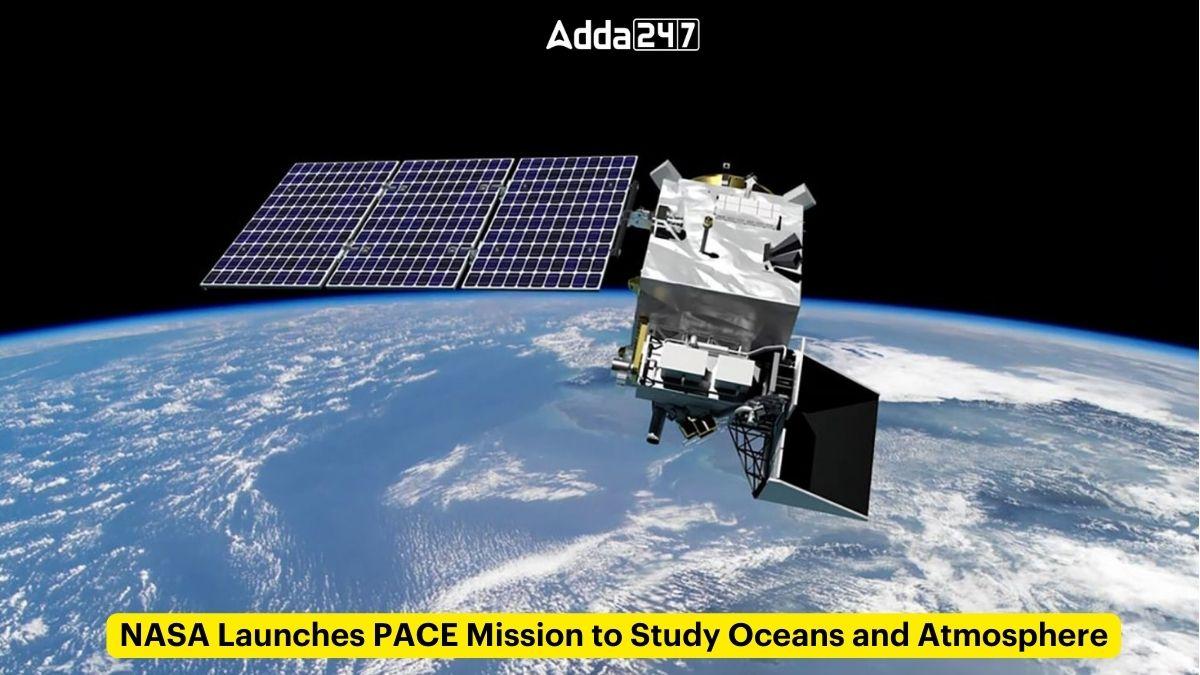The vast expanse of our planet’s oceans and the intricate dance of Earth’s atmosphere hold key secrets to understanding and battling climate change. In a recent groundbreaking move, NASA launched the Plankton, Aerosol, Cloud, ocean Ecosystem (PACE) mission, embarking on a crucial journey to unlock these mysteries. This ambitious project promises to revolutionize our understanding of the complex interactions between air, water, and life, providing invaluable insights into our planet’s changing climate.
Diving Deep into a Microscopic World
PACE, launched onboard a SpaceX Falcon 9 rocket on February 8th, 2024, isn’t your typical satellite. Armed with a powerful hyperspectral ocean color instrument, it delves into the microscopic world, studying tiny marine organisms called phytoplankton. These microscopic wonders play a vital role in regulating Earth’s climate by absorbing vast amounts of carbon dioxide. By closely monitoring their distribution and health, PACE can illuminate how oceans function and respond to environmental changes.
Peering Through the AtmosphERIC Haze
But PACE doesn’t stop at the water’s surface. It also casts its keen eye towards the sky, scrutinizing aerosols. These tiny airborne particles, ranging from dust and smoke to volcanic ash, can significantly impact both climate and air quality. By analyzing their types, distribution, and interactions with sunlight, PACE will provide deeper insights into their influence on Earth’s energy balance and climate patterns.
Collaborating for Climate Solutions
This groundbreaking mission isn’t a solo act. PACE joins forces with a constellation of existing Earth-observing satellites, forming a powerful network monitoring our planet’s health. The collected data will be freely available to scientists worldwide, fostering international collaboration and accelerating the development of effective climate solutions.
Impact Beyond Science
Beyond scientific advancements, PACE’s findings have the potential to positively impact society in numerous ways. It can enhance our ability to:
- Forecast harmful algal blooms: Protecting marine ecosystems and ensuring food security.
- Predict extreme weather events: Mitigating risks and safeguarding communities.
- Monitor air quality: Improving public health and environmental well-being.
- Develop sustainable practices: Ensuring a healthier planet for future generations.
Unlocking the Future
The PACE mission marks a significant leap forward in our quest to understand and combat climate change. By peering into the hidden world of oceans and atmosphere, it’s unlocking crucial knowledge that will empower us to make informed decisions and chart a sustainable course for our planet. So, watch this space, for the secrets revealed by PACE could pave the way for a brighter future for all.
Important Takeaways of All Competitive Exams
- NASA Headquarters: Washington, D.C., United States
- NASA Foundation Year: July 29, 1958
- NASA Administrator: Bill Nelson (as of February 10, 2024)



 Mankind Pharma Acquires Bharat Serums an...
Mankind Pharma Acquires Bharat Serums an...
 Discovery of Lithium Resources in Mandya...
Discovery of Lithium Resources in Mandya...
 What is Blue Screen of Death?
What is Blue Screen of Death?
